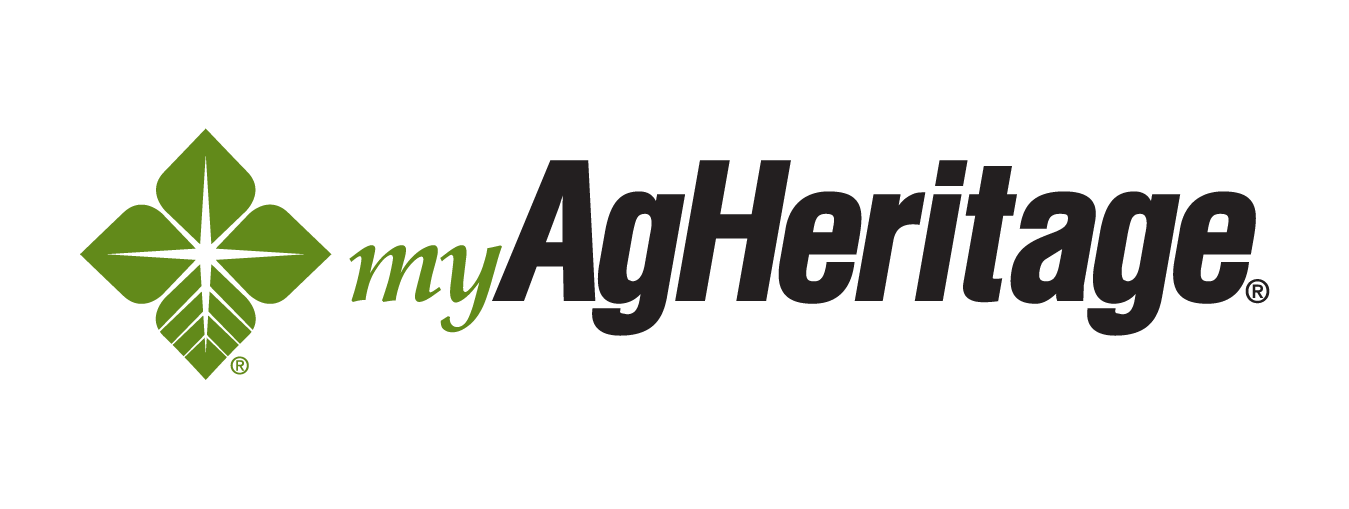CHELSEA, Ala. (DTN) -- AGCO is building automated and autonomous systems for all brands of ag equipment. The idea, company leaders explain, is to design retrofit systems that work across all brands before offering the technology to original equipment manufacturers.
DTN/Progressive Farmer spoke recently with one of AGCO's leaders, Seth Crawford, senior vice president and general manager, PTx, at AGCO Corporation about these new autonomous systems. Crawford also talked more about the autonomous grain cart solution that AGCO's Fendt brand is bringing to the market in 2025.
Here are excerpts from that interview. Comments have been edited for clarity.
**
DTN/PF: AGCO's Fendt brand is bringing an autonomous grain cart solution to the market next year. You're installing the technology first on Deere 8R series tractors and AGCO-brand Fendt tractors. For 2025, this solution applies to a single cart controlled autonomously by the combine operator. But you have demonstrated the ability to autonomously control two carts from the cab of the combine. What's next?
Crawford: The intent is to get (a single-cart solution) truly and fully into the market, then go to those next steps: multiple grain carts in the field, multiple combines in the field, an (autonomous solution) for the unloading point. But these are really more about logistics than software. If I would say (automating unloading) is easy, my engineers would come and get me. But it is not something our engineers cannot solve. There are challenges. You have a variety of trucks you are unloading into. Some people are using a catch bin at the end of the field. But if you're using three different trucks, the question is do you use a vision system, do you sensor up trucks? There are many (logistics) options we will work through.
**
DTN/PF: AGCO is planning to have a fully autonomous solution across the entire crop cycle by 2030. What are AGCO's technology goals beyond 2030? Draw a picture of what farmers might be seeing.
Crawford: We (media, farmers, OEMs) ask a lot of black-and-white questions. We may think (automation and autonomy) are going to undergo a revolution, not an evolution. I've been in the industry 27 years, and I still think it's going to be an evolution. What I mean by that is we evolve to have a fully autonomous fleet across the crop cycle by 2030. But then, think what part will drones play in that? Smaller equipment? Bots? Bots that are scouting under the crop? Do I think they all have a place? Yes. How will that all be managed? I'm not sure. Not too long ago, it was predicted that no farmer would own a sprayer, that it would all be done commercially. But now we're seeing drones. Terrestrial sprayers. We are trying not to constrain ourselves with too long a horizon. Our engineers could pull out a 10-year timeline and say here's what (we) are going to look like. I can pull out a three-year timeline. I don't want our team to define (technology applications) too much beyond that. I want us to remain agile, to adjust to where the market is headed.
**
DTN/PF: You've talked about making technologies scalable, developing technologies applicable to other field practices, or developing technologies that give growers the ability to manage their crops with a basket of solutions, one building on the other.
Crawford: Say you're going to utilize an autonomous grain cart. Does the provider have the vision to transition that to a tillage operation or a planting operation? Look at the success of guidance. It all started with components you could move from tractor to tractor or tractor to combines. But also, for example, Precision Planting. It developed the DeltaForce and vSet meters and SpeedTube. And then, Reveal, the row cleaner, or the FurrowForce closing system. It's rare that a farmer shows up and says, "I want everything today." It is more likely "I've got some inconsistent stands. What's wrong here?" Then you start the walkaround. What gives me a solution to my issue, and then what can I add to control it?
**
DTN/PF: Explain AGCO's overall approach to moving new technologies out to the farmer.
Crawford: We are innovative in the way we bring products to the market. We fully believe in our retrofit-first mindset where we (upgrade) existing equipment first. While being color blind (to equipment brands), it is an (approach) that serves farmers best. We are bringing our components to the existing fleet (of farm machinery). We have the PTx channel to deliver it. Trimble PTx is known for guidance. Precision Planting (also part of PTx) is known for the retrofit-first approach. They are out in the field with the farmer working on the fleet. They may be working on a Deere planter in the morning, a Case planter in the afternoon and Fendt planter by evening. Innovation feeds the channel. The channel moves those products out (into the field). We see what gains traction. Then we sell to OEMs.
Dan Miller can be reached at dan.miller@dtn.com
Follow him on social platform X @DMillerPF
(c) Copyright 2024 DTN, LLC. All rights reserved.








